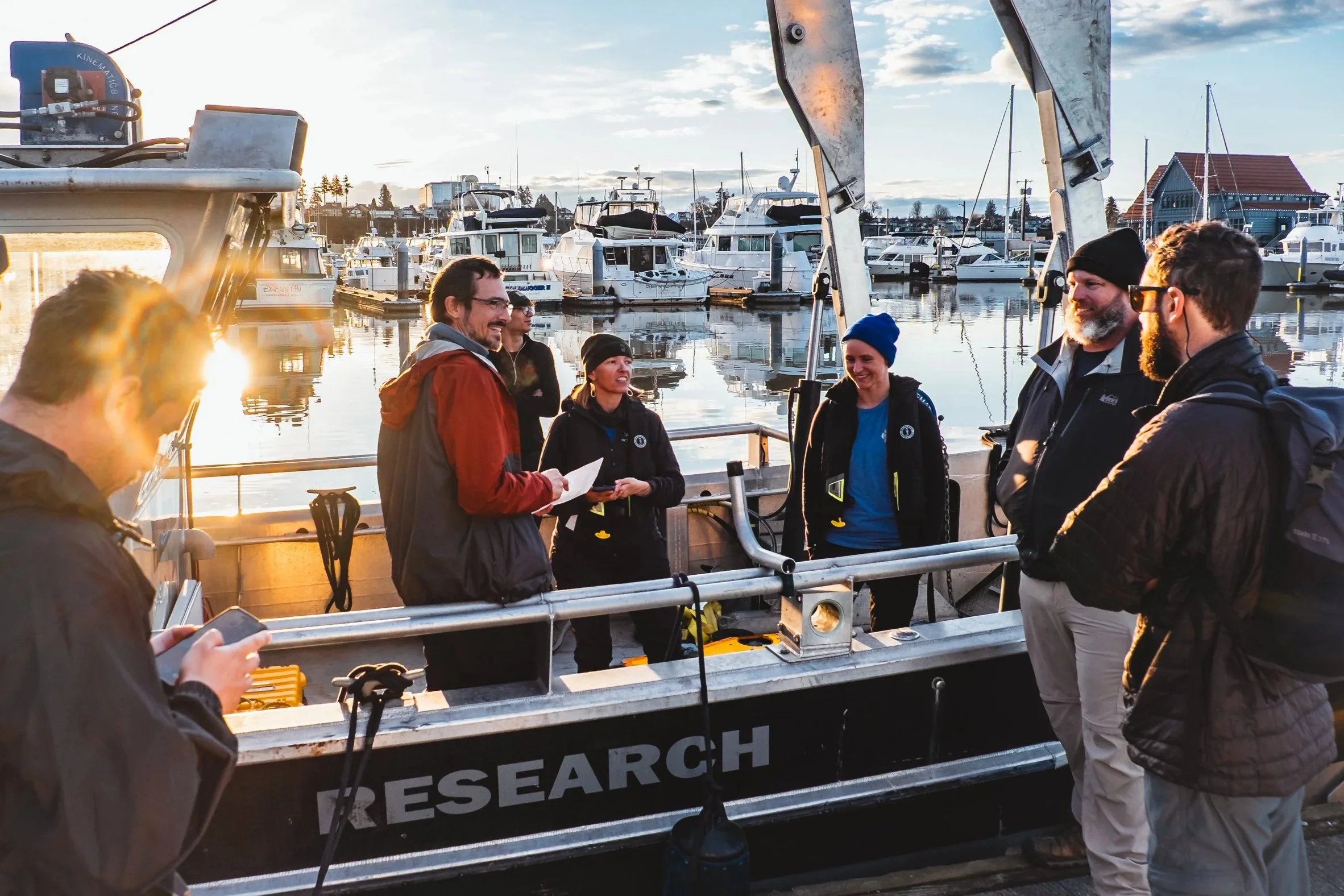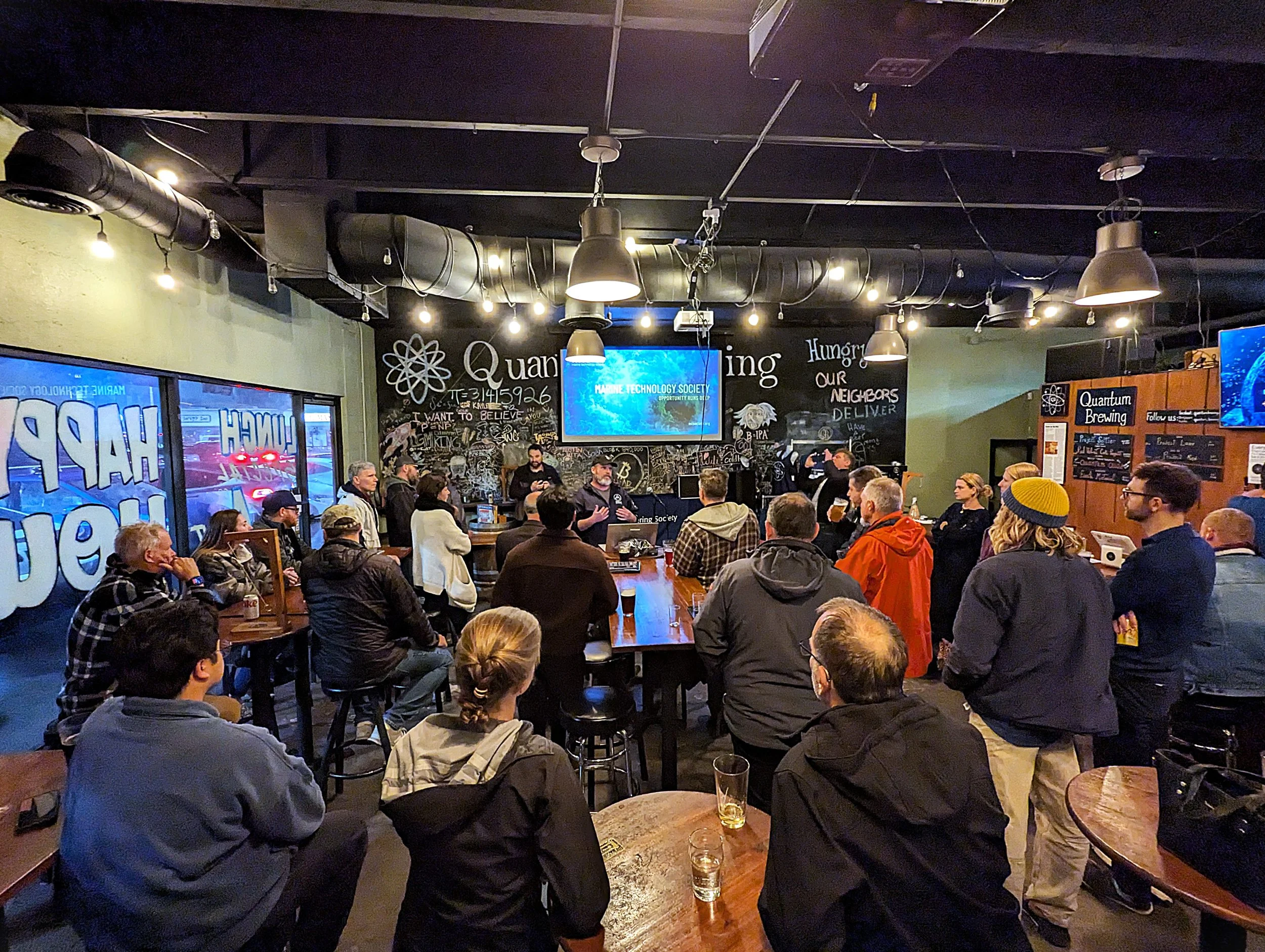
Opportunity runs deep™
Opportunity is knocking. The San Diego chapter of the Marine Technology Society is here to help
Our Mission
Learn about our mission and history.
Career Opportunities
Find jobs and internship opportunities in the San Diego region. Visit our Internship Program for more details.
Events
We host regular events in the San Diego/Southern California area. Stay tuned for upcoming events.



